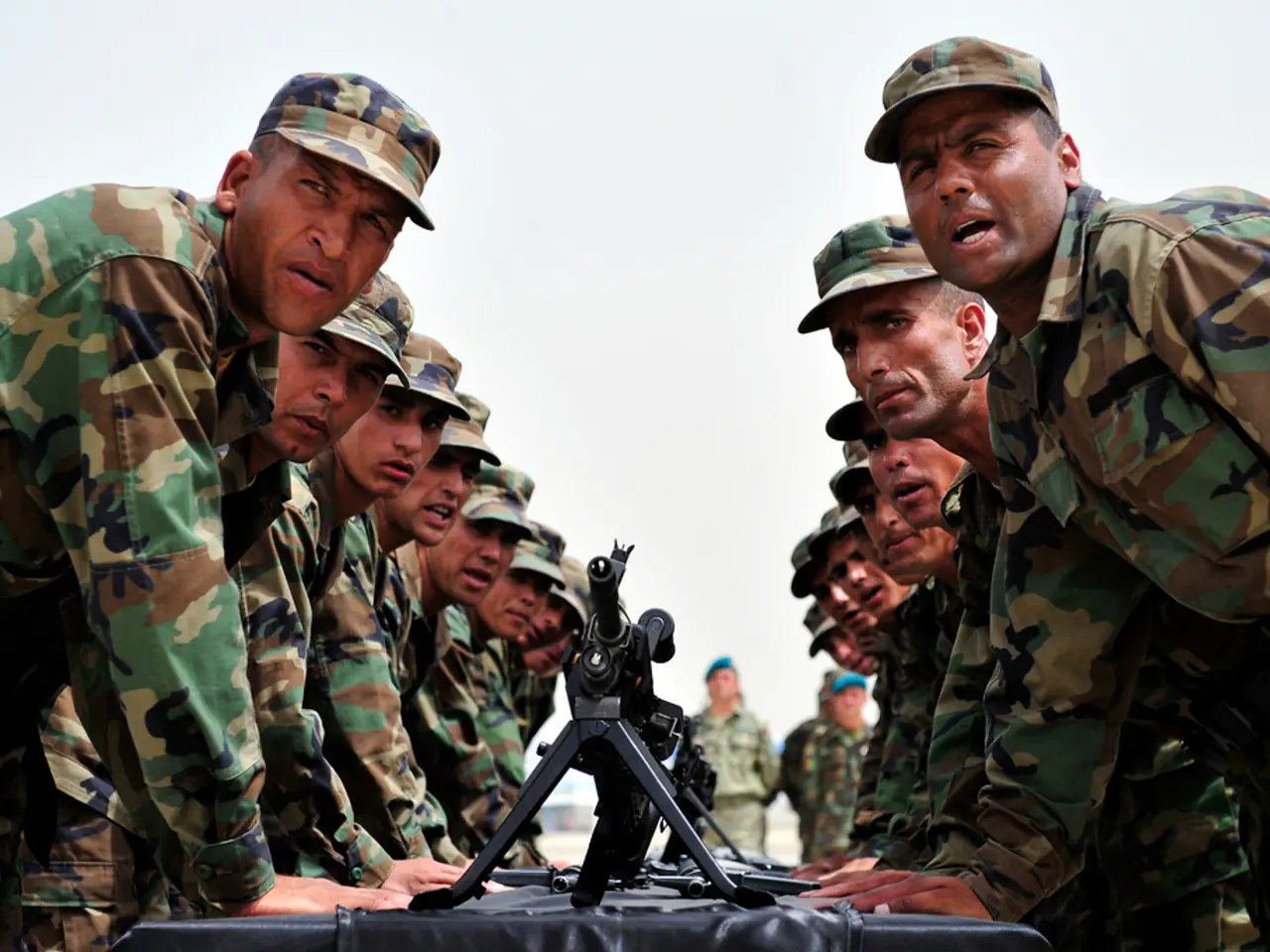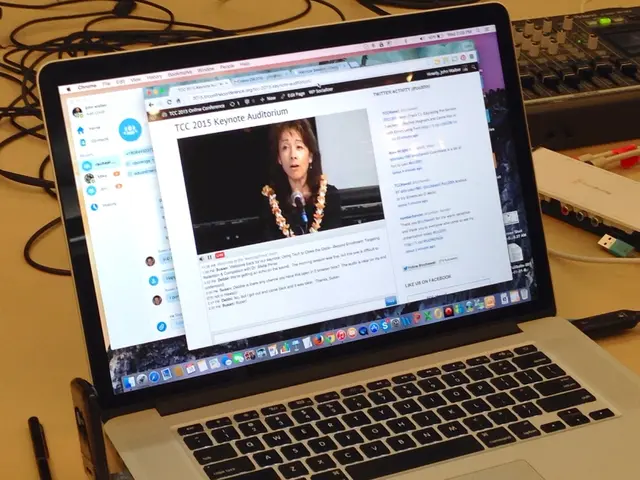Delving into the Complexities of Cyber Security in Demilitarized Zones
In the rapidly evolving world of cybersecurity, Demilitarized Zones (DMZs) are undergoing significant transformations to enhance segmentation, integrate zero-trust architectures, and improve operational resilience, particularly in industrial and operational technology (OT) environments.
Recent advancements and trends in DMZ cybersecurity focus on moving away from static, perimeter-based models towards dynamic, zero-trust integrated frameworks with enhanced segmentation, faster deployment, AI-assisted monitoring, and quantum-resistant technologies. These developments are designed to address the complex threat landscape of both IT and OT sectors.
One key development is the creation of Industrial DMZs (iDMZs) for OT/IT separation. Organizations are increasingly setting up iDMZs as enforced boundaries between IT and OT networks, using segmentation strategies based on levels or zones, firewalls, access-control lists (ACLs), unidirectional gateways/data diodes, and network behavior anomaly detection (NBAD). This architecture limits and monitors traffic strictly, preventing unnecessary lateral movement and exploits, with particular emphasis on avoiding simple proxies that can blindly transmit threats.
Another significant shift is from legacy Virtual Private Networks (VPNs) to Zero-Trust Network Access (ZTNA). The industry is phasing out VPNs and jump servers due to their insecurity and complexity. Instead, consolidated platforms integrate identity and access management (IAM) with secure remote access under zero-trust principles, prioritizing least privilege access and identity-based controls. This movement preserves the traditional DMZ's role for OT asset protection but makes remote access more secure and scalable without increasing operational friction.
Faster and broader DMZ deployment is another key trend. The timeframe for deploying OT DMZs has dramatically shortened from months to just a few hours, facilitating wider adoption. This acceleration supports stronger defense-in-depth architectures, allowing organizations to maintain segmentation while embracing modern network approaches without exposing assets directly to the internet.
Enhanced enforcement through next-generation firewall technologies is another critical development. The incorporation of next-generation firewalls, intrusion detection/prevention systems (IDS/IPS), and modern data diodes enables more granular traffic control, helping curb exploitation attempts and malware propagation across network boundaries.
Future-forward technologies on the horizon include integrating AI-driven proactive monitoring for threat detection, quantum-safe encryption for securing data flows within DMZs, and tamper-resistant fiber materials to protect physical infrastructure, indicating the convergence of advanced cryptography and AI for next-gen DMZ security.
As cyberattacks targeting OT environments grow more advanced, guidelines and strategies emphasize continuous patching and signature updates for endpoint protections within DMZs to keep defenses current against zero-day and evolving vulnerabilities.
In summary, modern DMZ cybersecurity is evolving from static, perimeter-based models towards dynamic, zero-trust integrated frameworks with enhanced segmentation, faster deployment, AI-assistive monitoring, and quantum-resistant technologies—all tailored to address the complex threat landscape of both IT and OT sectors.
The process of structuring a DMZ involves careful consideration of network segmentation, functionality, and operational needs. The DMZ provides a buffer between the untrusted external network (Internet) and the internal trusted network of an organization. It assists in regulatory compliance by keeping sensitive data separate from external-facing servers.
Implementation of AI in DMZ cybersecurity helps in proactive risk mitigation, focusing on identifying zero-day vulnerabilities, detecting advanced persistent threats, and minimizing threat response time through an automated process. However, the DMZ may necessitate additional hardware, software, and network infrastructure expenditures, as well as staff training.
Maintaining an organizational culture focused on security is essential, with regular training, awareness drives, and embedding the notion of 'security by design' into the process from the ground up. Placing systems within the DMZ carries risks and rewards, with the potential for increased exposure to external threats but also the ability to isolate these systems and limit damage from cyber-attacks.
Constant monitoring of the DMZ is crucial to identify and respond to threats swiftly. Investing in a cybersecurity partner well-versed in these trends can provide an advantage, offering access to the latest tools, expertise, and experience in dealing with various threat scenarios. Optimizing Incident Response (IR) protocols is a crucial trend, with organizations investing heavily in creating an incident response team trained to respond effectively and quickly to cyber threats.
In conclusion, the future of DMZ cybersecurity is a dynamic and constantly evolving landscape, demanding constant vigilance, technological advancements, sound security principles and practices, planning for incident responses, and dedication to continuous learning from every corner of the organization.
- Penetration testing is crucial in the dynamic world of DMZ cybersecurity, as it helps detect vulnerabilities and strengthen network defenses within these zones, keeping pace with the evolving threat landscape.
- An encyclopedia of cybersecurity best practices should include strategies for implementing zero-trust architectures, as this approach is essential for enhancing segmentation, operational resilience, and minimizing security risks in both IT and OT sectors.
- Digital forensics plays a vital role in incident response, as it enables swift and effective threat identification and elimination, crucial for protecting sensitive data and maintaining operational continuity in DMZ networks.
- As organizations move towards implementing zero-trust Network Access (ZTNA), they must prioritize threat intelligence to make informed decisions about identity-based controls and least privilege access—essential elements of a secure remote access framework.
- Compliance requirements in data-and-cloud-computing necessitate appropriate network segmentation and access control mechanisms, ensuring organizations maintain regulatory compliance while securing their OT and IT assets within DMZs.
- Encryption technologies, such as quantum-safe encryption, are becoming increasingly important for securing data flows within DMZs, as cyberattacks continue to target OT environments and exploit vulnerabilities in encrypted communications.








